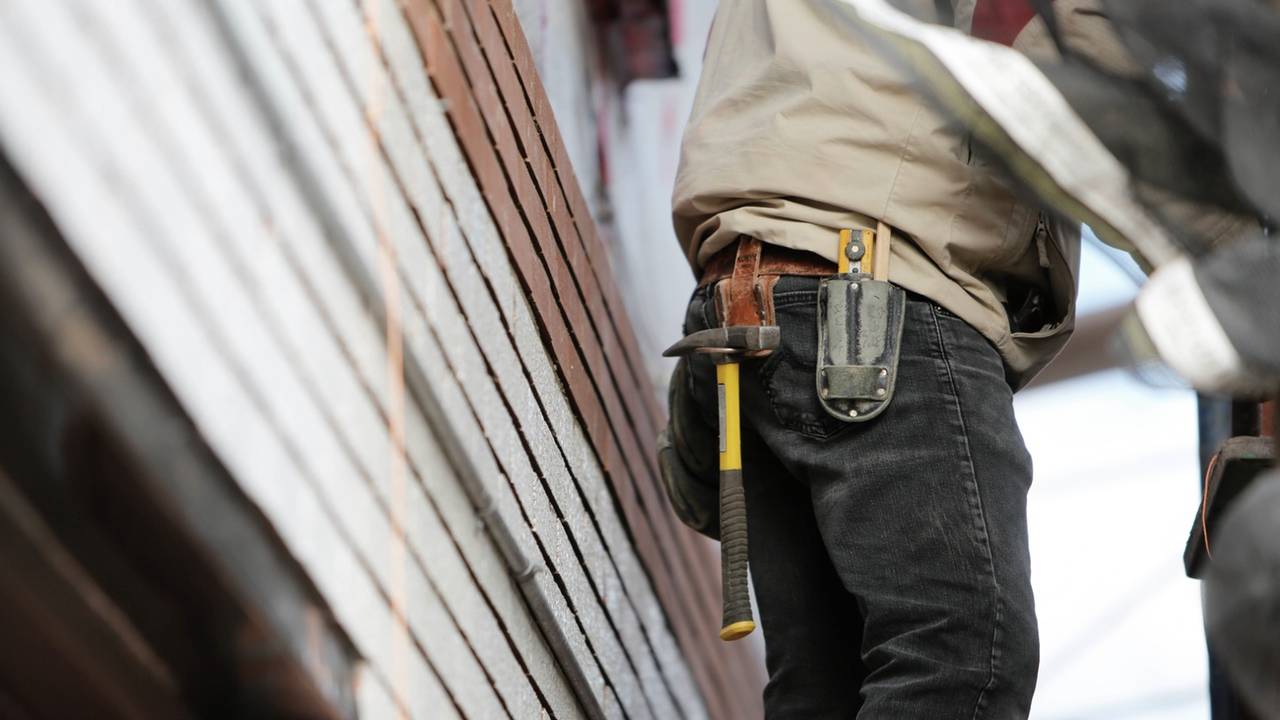Have you ever spent time watching cement dry? Of course, you haven't unless you're building a home from the ground up. Then you might find yourself making several trips out to the site just to see how that drying cement is holding up. Traditional construction methods require a cement foundation to be poured and then allowed to cure until the cement is ready.
While that is happening, a work crew has nothing to do. You could be literally paying for them to wait. Are you asking, "There has to be a better way?" The answer is yes, and that better way is a precast foundation. How much time and money does a precast foundation save? Read on:
What Is Precast?
Precast are slabs of concrete that have been poured and allowed to cure in an optimized environment. Typically, that will mean inside a factory. Once that cement slab is fully dry, it can be delivered to a job site. These slabs can also be conformed with electric and plumbing access holes already carved in place. Think of precast as having a precut marble countertop or sections of plywood delivered to the job site. Same concept, different material.
Time Savings
The expenses for a home build are broken down into two major components: materials and labor. A typical cast-in-place concrete foundation will take up to seven days to complete. That also requires that the weather behave. Rain or cold temperatures can impact the cement curing process and delay the finish.
A precast foundation can be put in place in as little as five hours. That reduces the time by six days, which adds up to significant savings on labor costs.
Precast Flexibility
Precast foundations can be delivered and installed on the same day. The cost for a slab might be slightly higher than the materials used for the cement, but when you factor in the labor costs, those slabs practically pay for themselves.
You can order your slabs hollow. That means insulation will come later once they're in place. Without the insulation, the slabs are much easier to maneuver into place. You might also discover that keeping the slabs hollow insulates against sound and traps heat in the building. Very efficient.
Moisture-Resistant
A precast slab will be more moisture-resistant than a traditional brick wall or foundation. There are no breaks in the mortar on a precast slab, so there is no chance for rain to seep into a crack. Precast slabs have also been found to have superior structural integrity. They can't warp or corrode. They can also withstand all kinds of weather.
Better Safety
Because a precast slab is built off-site, any coatings that are required as sealant are also added off-site. That means you won't be bringing those potentially toxic fumes onto your property.
Installing precast foundations also requires fewer crew members, which reduces the chances of an accident. The more crowded a construction site, the more accident-prone it becomes.
Installation Any Time
Precast slabs can also be installed on a job site at any time, in all kinds of weather. That means you might not have to delay your build until spring or summer. Hiring construction crews during off-peak seasons can also save money. These crews will appreciate the work in the winter for sure.
Precast cement can be utilized for a variety of purposes around your build. Fence panels that look like stone walls are a great feature. Like foundation slabs, these panels are very easy to install. Precast cement can be formed into paving stones, planters, benches, countertops, sinks or bathtubs. All those elements can incorporate a wide variety of colors and textures. The uses are endless.
There are hundreds of decisions to be made in the construction of any home, but it all begins with the foundation. Utilizing precast cement could get your build off to a positive start.



Comments(0)